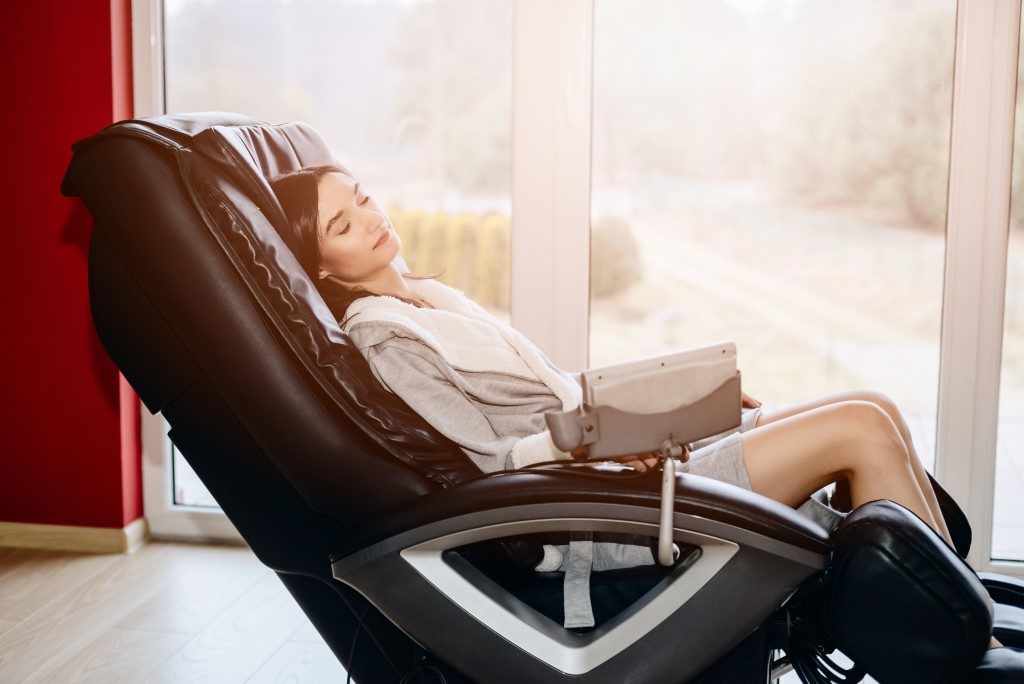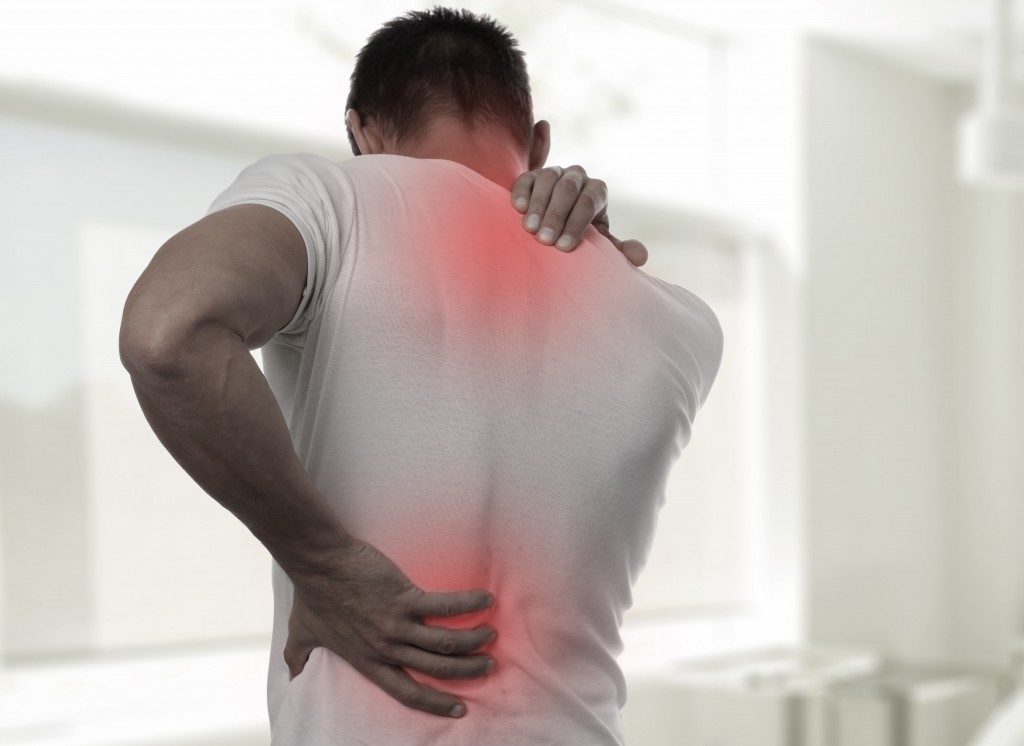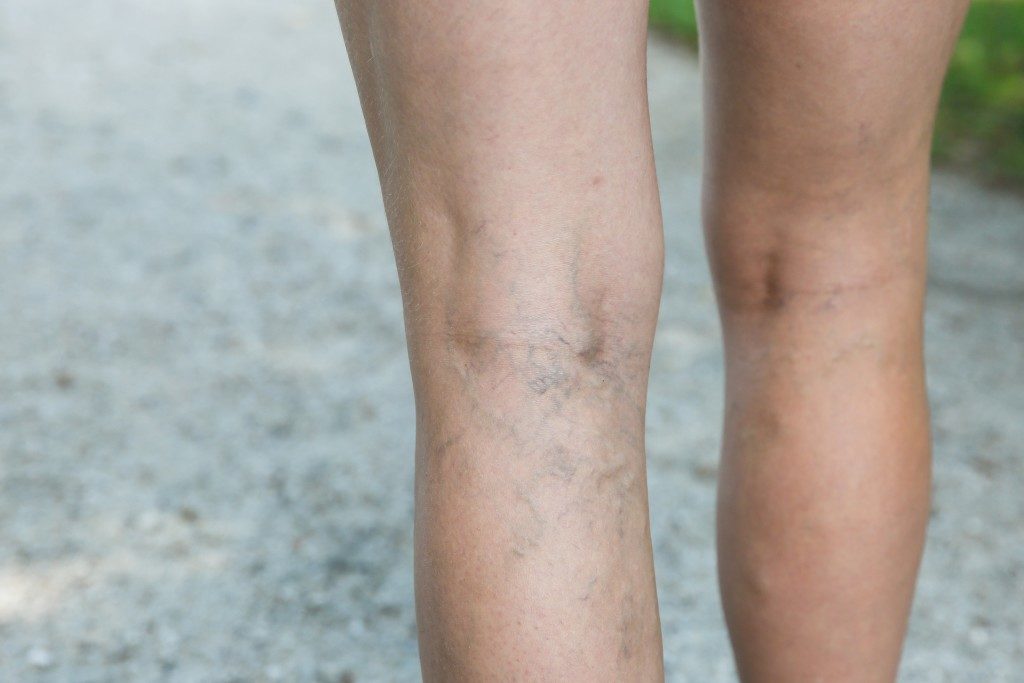After a long day at work sitting stiffly in the office, you’ll probably feel a dull pain on your back, shoulders, and hips. You crave a nice massage, so you decide to go to the nearest clinic or mall to get it. But you know what’s better than going out to get pain relief? Heading home to slip into (without slipping out of your clothes) your massage chair.
If you have the Luraco i7 massage chair, which not only comes with Bluetooth but also features a health monitoring system, you can customize your massage. These days, you’ll find a wide range of massage chairs for back pain, massage chairs for leg pain, and a massage chair that can work on your entire body.
But these modern marvels are not new inventions.
History of Automatic Massage Machines
Roland A. Labbe filed a patent application for the very first massage chair in 1948. This chair consisted mainly of a stool mounted on a pedestal, with sliding arms that allowed you to stretch once you sat down. It also had places for attachments in case you wanted other forms of massage. The chair also vibrates for maximum stress-relief. The design back then was very rudimentary as compared to the massage chairs today.
The world’s first mass-produced massage chair is the Fujiiryoki Automatic Massage Chair built in 1954. It was built by Nobuo Fujimoto in Japan before the Second World War. Japan has a culture of going to public baths, where they receive massages as they relax. Fujimoto observed this and thought of a way to amplify this while people waited for their turn. From scraps of metal and savable material from the trash, the first automatic massage chair was born.
Fujimoto built on the success of his first massage chair. From simple kneading, he added tapping as a massage function in 1967. In 1979 rolling, patting and interchanging kneading and tapping functions were incorporated. In 1990, Fujimoto introduced the use of airbags, and in 2000, he introduced 3D massage and heating.
How Massage Chairs Work

Robotic massage chairs contain internal electronic motors and gears designed to work on the pain points of the person sitting in it. These chairs feature controllers to vary the intensity and location of the massage. These chairs resemble recliners, allowing the user to relax in a reclined position. The rolling, kneading, patting, gripping, and 3D massage functions imitate the hand motions of a massage therapist.
Some of the techniques you’ll get from your chair include:
- Kneading- the rollers move in a circular pattern
- Rolling- the rollers move up and down the backrest
- Tapping- the rollers alternate between pushing in and out from the backrest
- Gripping- the chair includes mechanisms that grip the user’s legs and arms in a firm hold before releasing
- Shiatsu- the rollers press on the acupuncture points on the user’s back to relieve tension
The benefits of using a massage chair vary, from deep relaxation and lower stress levels to reduced blood pressure, lower pulse rate, and increased metabolism.
Massage chairs originated from a need to relax after a busy day. Designs are a lot more intricate now than it was then. You’ll have a wider range of options, allowing you to choose different massages as you sit back and relax without having to slip out of your clothes.




